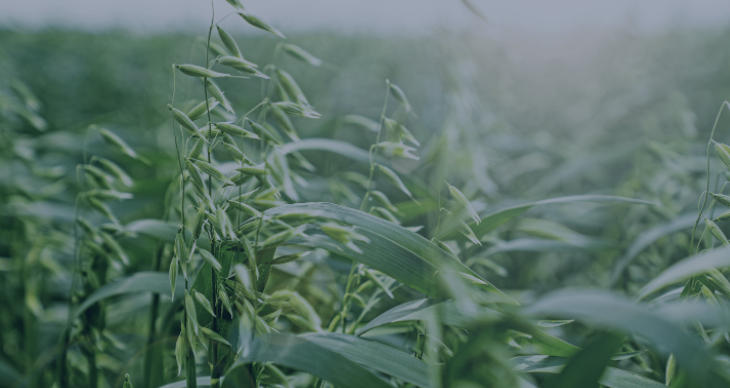The University of Lincoln is part of a new Innovate UK project set up to improve growers’ profit margin by converting atmospheric pollutants into fertiliser within the crop.
Leading the six-partner project consortium is Crop Intellect, alongside the UK Agri-tech Centre, Dyson Farming, Barworth Research, and the Allerton Project, aiming to deliver a novel approach to the UK’s crop nutrition space.
Dr Apostolos Papadopoulos, Founder of Crop Intellect said specially-processed titanium oxide in a product called R-Leaf used daylight to capture and convert polluting nitrogen oxides directly into crop-usable nitrates.
He said the small but continuous doses of nitrate add up to an average of 50kg of nitrogen to every hectare during the growing season. “Extensive independent trials have demonstrated R-Leaf’s positive impact on crop productivity, with a six percent yield increase seen in cereals. Data also shows that R-Leaf can decrease the need for synthetic nitrogen fertilisers by up to 25 percent.
“In addition to converting pollutants (NOx) into nitrates, R-Leaf also breaks down nitrous oxide (N₂O), a damaging greenhouse gas (GHG) known to be 265 times more potent than CO₂, into benign nitrogen and oxygen. Farmers could utilise this technology to reduce their net GHG emissions, making this a unique opportunity for farmers to help move towards their net-zero emission targets.
“The estimated effect of R-Leaf’s N₂O capture is 5.4 tonnes of CO₂ per hectare, per year. Eventually, farmers may also be able to monetise their climate-change mitigation from using the proposed technology.”
“R-Leaf is already being used by UK farmers, supported by commercial distribution agreements, but recent experiments identified a powerful opportunity to combine the photocatalyst technology with certain species of bacteria that form symbiotic relationships with plants. The bacteria capture atmospheric nitrogen, converting it into ammonia for supply to the plant, in exchange for organic carbon and other nutrients.
“When we used these two technologies together, in a ‘farm standard’ crop of wheat, our estimation is that by combining R-Leaf with an appropriate bacteria, we can reduce nitrogen usage in wheat by 50 percent. That’s potentially a £100/ha profit for a UK grower.”



